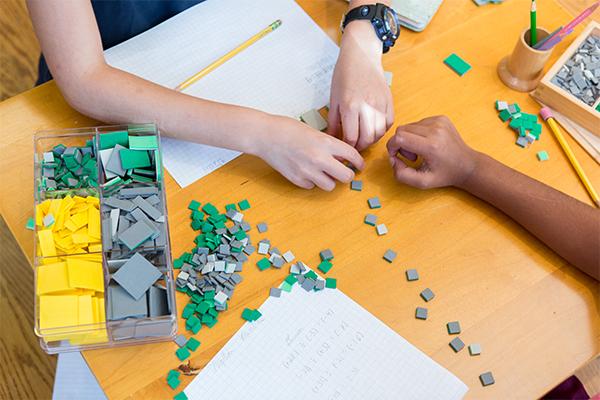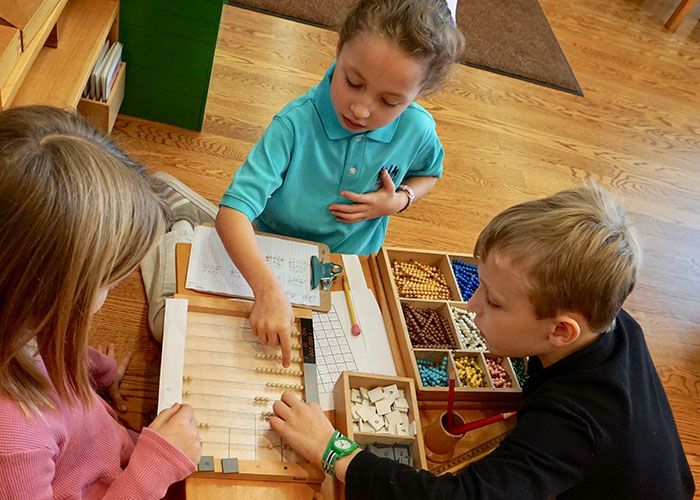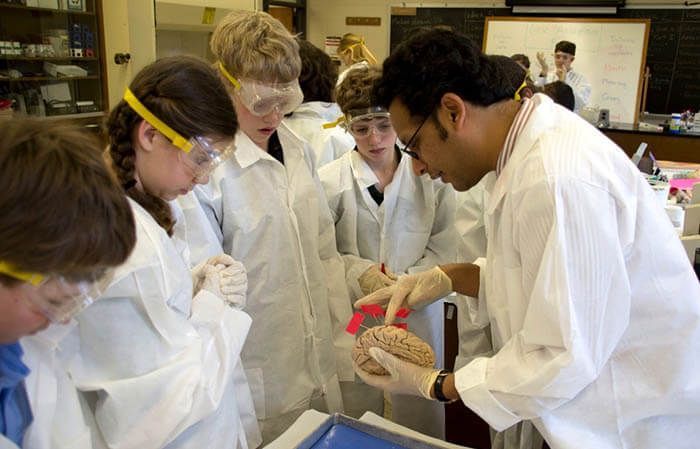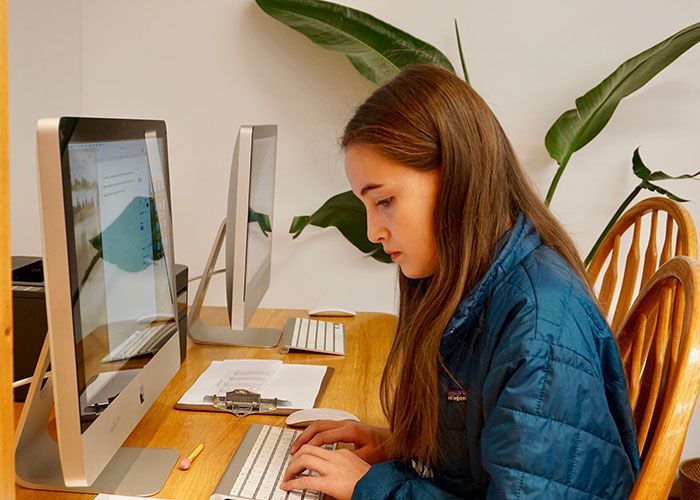Research

Montessori vs. The Conventional Model Anyone who has seen a Montessori school understands that it is fundamentally, startlingly different from a conventional education. While students complete their experience at a Montessori school with similar academic abilities as their counterparts in conventional schools, they go about these acquisitions in a completely different way. A Montessori education is, at its core, a child-centered education. This does not mean that children do whatever they want while they are at school. It means that the approach assumes that the child is an active agent in their educational experience, and that they will construct themselves, given the right structure, guidance, and materials in their environment. The formal schooling that is familiar to American culture today originated hundreds of years ago in monasteries. It further solidified its methodology in the late 1800s and early 1900s when industrialization was introduced to the United States, and schools began to depend upon the “factory model” to produce good workers en masse. Since then, study after study in the field of child development has confirmed that this is not the ideal way for children to learn. Yet, when universities, schools, and lawmakers propose improvements to the educational system, they simply add on to a system that is already not working well, by (for example) increasing testing, making rewards even more compelling, and dividing children into even more pronounced groups by ability and age. Where Do We Go From Here? In Dr. Angeline Lillard’s new article, Why the time is ripe for an education revolution , which was published in Frontiers in Developmental Psychology, she argues that this is a cultural moment when the educational system ready for a paradigm shift - one that would move away from a fundamentally teacher-text-centered (TTC) base and towards child-environment-interplay (CEI), which recognizes that “A child develops into an adult by constructing an elaborate representation of self and world, and learning to interact with and exercise agency in that world. This development occurs in a dynamical, non-linear fashion across childhood” (Lillard, 2). The CEI model is supported by modern research and is an ideal fit with Montessori. Lillard supports her argument by comparing today’s cultural climate to the factors at play in the 1500s when astronomers moved away from an earth-centered view of the universe to a helio-centered view of the universe. While there were recognized flaws in the previous understanding of the universe, it wasn’t until certain cultural elements were present in the 1500s that civilization as a whole was ready to transition to the realization that the sun was at the center of the universe. Just as in education, simply knowing that something isn’t working often isn’t enough. Human nature is compelled to continue to make adjustments and explanations for what already exists rather than leaping to a brand new perspective. As it was 500 years ago, Lillard believes that the world is ready to make the leap to a new approach to schools. The time is ripe for an education revolution. And Montessori is ready for it.

In a previous blog post, A Montessori Guide to Technology and Teens , we explored how we can help our adolescents begin to use technology responsibly, as part of adapting to the adult world. Here we will discuss a Montessori perspective on the role of technology and screen time for younger children, under age twelve. What’s the Big Deal? These days, messages from marketers are strongly pro-technology for children, and even some educators are strongly pro-technology. Everyone has their own experiences to base their judgments on; if you’ve seen negative results in your own family, you might look to the current research to validate your sense that technology is not a good fit for childhood. Conversely, if you’ve had positive or neutral experiences with your children using technology, then you probably think people are going bananas over something minor. Either way, most parents don’t have the time to conduct a thorough Ph.D.-level investigation before deciding whether their child can have that video game or the latest digital device they just opened under their grandparent’s Christmas tree this year. So, what are we to think about this debate over technology for children, and what do we want to steer our children towards in our own homes? When we look at this issue from the perspective of a Montessori approach, we consider: what children need for optimal development, the importance for a child of building their foundation for life, preparing your home environment, basing your decisions on observations, and keeping your long-term goals in mind. What Children Need for Optimal Development Dr. Montessori pointed out that under the age of six, children need reality so that they can form their understanding of it. They need to touch, feel, taste, smell, move and experience the real world. Human beings are sensorial learners when young. From their sensorial explorations, young children learn things about physics, textures, and qualities of the world. Consider that no screen can provide this information in a natural or full-sensory way. Children need to discover for themselves what kind of structures collapse under pressure and which ones don’t, and to figure out why by exploring and experimenting. To be effective, this has to happen in reality, not virtually.

As technology develops and allows scientists to study the brain in new ways, Maria Montessori' s theories are finally being validated by modern science. In this article for The NAMTA Journal , Paula Polk Lillard surveys the work of neuroscientists of our time and celebrates the fact that "we can now have hard evidence that human beings construct their own brains in collaboration with their environment, just as Montessori proposed one hundred years ago." In this enthusiastic dinner presentation to the Fourth Adolescent Colloquium, Paula Polk Lillard surveyed the work of neuroscientists of our time, which concurs in every way with the developmental perspective of Montessori education. “We can now have hard evidence that human beings construct their own brains in collaboration with their environment, just as Montessori proposed one hundred years ago.” Furthermore, as Montessori education continues to expand into the frontier of the Third Plane, it is crucial to keep in mind that the forebrain, seat of judgment and self-control, is still being developed during adolescence. Paula Polk Lillard is the founder and Head Emeritus of Forest Bluff School. She has authored several books on Montessori theory and education and is a frequent speaker and contributor to Montessori journals and publications. Click here to read the full NAMTA article .

